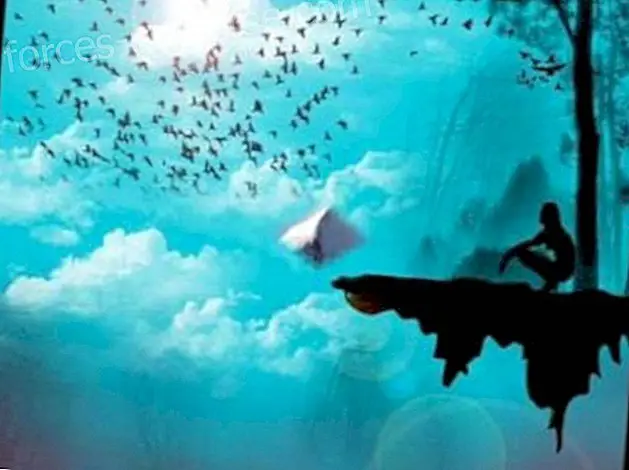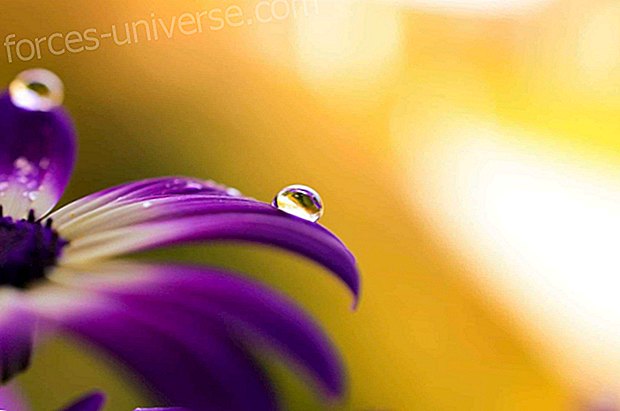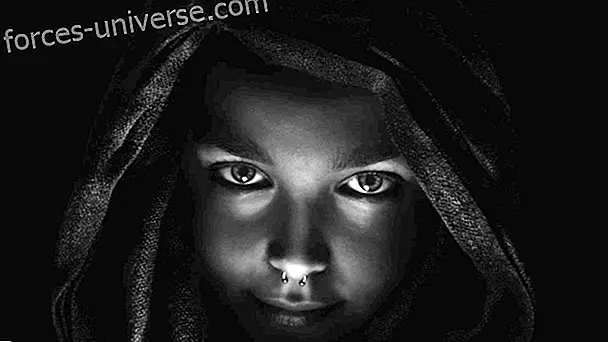Color Psychology: Understand how our emotions are affected by the influence of colors
- 2019

"Turn off the gray of your life and light the colors that you carry inside you."
- Pablo Picasso
We know that human beings react to the environment to which we are exposed. But how much can it influence us?
Well, the psychology of color has been dedicated to studying this phenomenon. That is, the way in which our emotions are altered or induced according to the colors that enter our field of vision.
Many of the individual interpretations are also subject to geographical and cultural issues. However, we cannot deny that they affect us. From there we can get to work to make our environment a friendlier place and more related to our identity.
Stay with us while we enter the foundations of the psychology of color . We will also see the meaning of some of the most important colors and how to use this knowledge to improve our environment.
History of color psychology
The effects of color on the psychology of people has been demonstrated since ancient times. Perhaps one of the pioneers in the psychology of color was Aristotle. He related the "basic colors" to earth, sky, fire and water.
In 1666, the English scientist Isaac Newton discovered that when pure light passes through a prism, it separates into all visible colors . Thus he laid the basis of the light theory of colors. And this was the trigger for the treatise 'Theory of color' by German scientist and poet Wolfgang von Goethe .
In that treatise, Goethe argues that what is seen in objects does not depend solely on their matter or light as Newton says. Our perception of each object is also involved. In this way, colors become somewhat subjective, and people take an active role in their interpretation.

And it was the German psychologist and sociologist Eva Heller who studied the basis of the psychology of color . According to her, between colors and human beings, both emotionally and rationally, there is a relationship that is not accidental. In this relationship not only preferences and tastes are given. Also universal experiences that have roots in language and thought.
That way, colors have a direct influence on the people who experience them. And these meanings have some variations depending, obviously, on the different cultural groups.
Color effects
Let's now look at some of the most common effects within the psychology of color .
For starters, the color that results from the sum of all the others, white . Almost universally, white is a color that represents purity and simplicity . It is also related to innocence, freshness and optimism. This color in turn causes a sense of space, so it is very popular as interior painting.
Another important color in the psychology of color is red . This is a strong color, which quickly attracts attention. It has a relationship with love, passion, desire and lust. It is also associated with impulsivity, courage, strength and determination. However, and perhaps because it is the color of the blood, it is also a sign of danger.
On the other hand, we have the color green . This color is very related, as it could not be otherwise, with nature . Thus, growth, hope and balance are sensations that we can associate with green. Also freshness, abundance, harmony and fertility.
Another color that is the protagonist in the psychology of color is blue . Blue is related to truth, freedom, seriousness and progress. It is also associated with loyalty, calm and serenity, wisdom and concentration.
We should also mention the color yellow . This is an energetic color, related to spontaneity, innovation, fun and joy. Heat, hunger, intensity and frustration are also feelings that this color causes us. However, it is also a sign of envy, betrayal and anger. This makes it one of the most ambiguous colors of the scale.
We also have black, which in the psychology of color is related to mystery, power and silence. In addition, black is a symbol of sobriety and formalism. Authority, intelligence and death are also themes that come to us when we come into contact with this color.
Finally, purple is another very interesting color. This is closely related to the mystical, with the eclectic, elegance and serenity. Romance and sensuality are also sensations that are awakened by the psychology of purple.
Psychology of color as a form of therapy
Many ancient cultures, including Chinese and Egyptian civilization, have taken advantage of the influence of colors to maintain balance in our body and mind. They have practiced chromotherapy, or the use of colors as an induction to healing. This is also known under the name of light therapy or colorology, and is used today as an alternative or holistic treatment.
Broadly speaking, the treatment involves the use of the color red to stimulate the body and mind . It is also used to improve circulation.
In turn, the yellow color is believed to stimulate the nerves and achieve better purification of the body.
Orange, on the other hand, is used for everything that has to do with the lungs. It also acts the current energy levels.
Blue, as we saw in the psychology of color, is a color that can help achieve physical balance. This helps to reduce diseases and as pain treatment.
Different shades of indigo are generally used in patients with different skin conditions.

Applying the psychology of color to our daily lives
We have all noticed how in situations we find ourselves in some environments that feel completely relaxing and we cannot explain it, or that arouse some anxiety. In these cases, it is very likely that colors are playing a fundamental role.
Now we have knowledge that we have about the colors and emotions that awaken us. And this can be a great influence to create our spaces. How do we apply what we learn in the psychology of color to the environments in which we find ourselves day by day?
Well, here are some tips.
If what you need is to create an atmosphere for creativity, try using the violet color . This color has both a red and a blue that offers a great balance between stimulation and serenity. Light violet, too, can result in a peaceful environment. This is ideal to relieve tension, ideal for a business office or some corner inside the home.
If what you want is a calm place, then the psychology of green and blue can be your allies. These fresh colors are commonly associated with rest. In fact, it is believed that they are the ones that less stress the retina, less tired in sight.
The color blue is also recommended for busy rooms. It also serves where people will devote much of their time. This also promotes calm breathing and lowers circulatory pressure. It is a great option for the bedrooms.
Do you want to encourage appetite in people or keep them stimulated? Well there is no better than the psychology of yellow and orange . These colors are related to food, which makes them very common in restaurants. Although these can be very bright colors and reflect a lot of light. They can therefore stimulate excessively in the eyes of people. And this will cause irritation.
Use this knowledge about colors wisely, and make your spaces unforgettable places.
AUTHOR: Lucas, editor and translator of the great family of hermandadblanca.org
SOURCES:
https://es.wikipedia.org/wiki/Psicolog%C3%ADa_del_color
http://www.arttherapyblog.com/online/color-psychology-psychologica-effects-of-colors/#.XKNUAZj0m00
https://psicologiaymente.com/miscelanea/psicologia-color-significado
https://www.verywellmind.com/color-psychology-2795824






